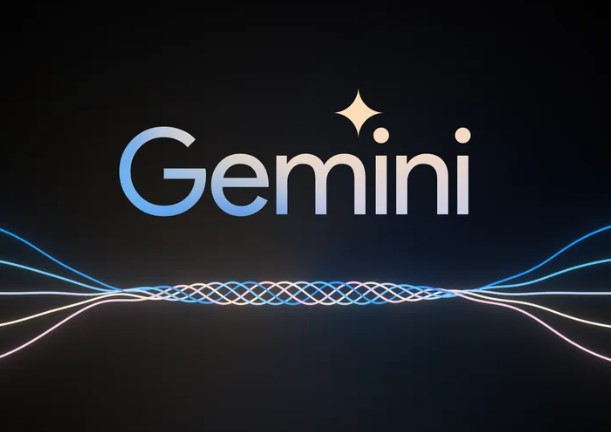Google Gemini: How Google’s New AI Can Change Teaching
Google Gemini, formerly known as Bard, is the latest AI tool available to educators

Google has announced that it has implemented a new form of artificial intelligence for use on varying amounts of data, allowing for the dissemination of large amounts of complex data into actionable information. Once known solely as Bard, the new AI is called Gemini, and it has been upgraded in almost every aspect to become Google’s main footprint in the generative AI space.
Many people know Google as the premier way to look up information online, while others may see it as the creator of various tools and applications, such as Youtube. Now Google will be able to strengthen its position with AI by creating a platform that handles data in a way that feels more helpful for those who need it.
Understanding what Google Gemini is, how it operates, and how it can be utilized in the educational space, can go a long way in ingratiating AI to educators on a grander scale.
What is Google Gemini?
Google Gemini is an advancement on Bard, Google’s existing AI. According to Demis Hassabis, CEO and Co-Founder of Google DeepMind, Gemini is Google’s way of creating “a new generation of AI models, inspired by the way people understand and interact with the world.”
The main feature of Google Gemini is its multimodal build. This makes it different from other AI builds as it allows Gemini the ability to understand, combine, and work across multiple forms of data. This includes text, code, images, videos, and audio.
Gemini also touts flexibility and accessibility as a benefit to ensure everyone with a smart device can use the AI model. Google has designed Gemini in three different sizes: Gemini Nano for smaller tasks; Gemini Pro for midrange tasks; and Gemini Ultra for large-scale tasks. According to Google, anyone can access these AI models regardless of what device you use to do so.
Gemini’s Impact On Education
Google tests Gemini with understanding and problem-solving tasks to benchmark its ability to assist in daily activities of varying difficulty. According to these tests, Gemini touts outstanding scores in the areas of reasoning, math, coding, and more.
Tools and ideas to transform education. Sign up below.
Given the way Gemini was developed, it can understand text, images, audio, video, and more, simultaneously. This helps it to understand more complex information and provide solutions to more complex problems. This can have an immense impact on education and can be a helpful tool for educators and for students.
For example, students may find a useful tutor with Google Gemini. With its ability to understand large amounts of complex information, making sense of mathematical and scientific problems in a way students can understand might be critical to overcoming educational roadblocks.
With Gemini, teachers can quickly analyze years of grades to better understand a student’s academic journey. A new multimodal approach could help influence lesson plans that target overall and individual weaknesses in student learning habits. Gemini might even be able to provide insight about the best path forward for a student in their educational career through higher education and beyond.
Addressing Security and Accuracy Issues
Gemini is a bold step forward for Google, and while the ways it can be used are myriad, AI will always raise questions about the accuracy of the information being given and the security of the information being put in.
According to Google, “Real Toxicity Prompts” are used to help build a content safety foundation during Gemini’s learning phases.
To clarify how Google prioritizes safety with Gemini, Hassabi said, “To limit harm, we built dedicated safety classifiers to identify, label, and sort out content involving violence or negative stereotypes, for example.”
While Gemini will be used by many all over the world, implementing these safety measures will ensure that students have access to an AI tool with adequate safeguards in place.
As AI continues to grow in the education space, it becomes more important to understand how it can benefit educators and students without distraction or intrusion. Google looks to provide a powerful tool that can be used in multiple ways in the Gemini AI. How both educators and students use Gemini to enhance the learning experience moving forward will be exciting to watch.

Michael Millington is a senior staff writer for Tech & Learning. A writer and editor with over a decade of experience, his focus on bringing actionable information to those in need is the driving force behind his work. When not researching new advancements in technology, Michael likes to practice his Italian and train his dog Cyril.
